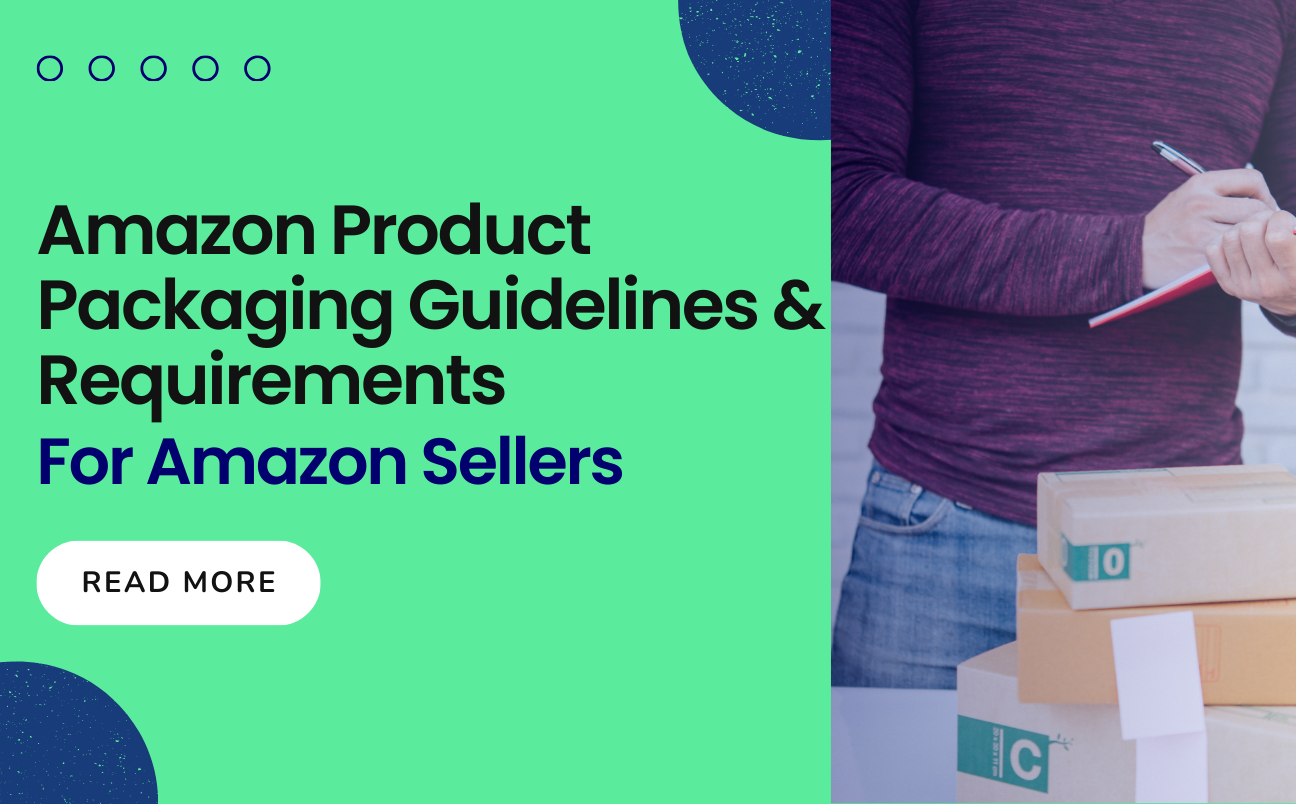As a seller on Amazon, it is imperative that you adhere to the packaging standards so that your items will get to the fulfillment centers in one piece and ready for smooth order processing. Amazon adheres to strict rules to ensure a high degree of efficiency, minimal waste, and a superior customer experience. In this detailed guide, we will delve into the Amazon packaging requirements, what they are and how to follow them in a hassle-free way, touching along the way on Amazon product listing services.
Importance of Proper Packaging
Proper packaging not only guarantees your product’s safety during transport but also gives a good name to your brand. Products that are not well packaged are likely to be damaged, which may result in the product being returned or the sales being lost. The Amazon packaging standards are taken very seriously by Amazon as well, and non-compliance attracts penalties, such as inventory disposal or blocked shipments to fulfillment centers.
Amazon FBA Barcode Requirements
Each object sent to an Amazon fulfillment center through their Amazon fulfillment services needs to have a scannable barcode to identify it and track it. Manufacturers’ barcodes (UPC, EAN, JAN, ISBN) are generally acceptable unless the product does not conform or the barcode setting is changed. When such situations arise, Amazon attaches a unique FNSKU barcode starting with an “X” followed by a mix of numbers and letters to the product.
Through the Amazon brand registry program, brand owners can apply for an exemption of a GTIN if their products are not supplied with manufacturer barcodes. Besides, the Transparency Authenticity Code program also provides brand owners with barcodes that are unique in order to combat counterfeiting.
Amazon Packaging Requirements for Sellers
Amazon provides detailed packaging guidelines to protect goods during shipment and storage. These guidelines cover various aspects, including:
- Basic Requirements: Every item should be wrapped in a secure package, like a box, bag or another type of package. All barcodes that are on the outer surfaces of shipping boxes should be covered or taken off to eliminate scan errors.
- Sets and Multi-Piece Items: Products sold as sets or with multiple components should be clearly labeled “Sold as Set” or “Ready to Ship” to avoid splitting in handling.
- Box Requirements: The box must have six closed sides, secure openings and lids and stand a 3-foot drop test without the contents breaking. Boxes over 10 lbs should have double-walled corrugated cardboard.
- Bubble Wrap and Poly Bags: Each product can be sealed separately with bubble wrap or poly bags (minimum thickness and suffocation warning requirements) to give extra protection.
- Overboxing: In the case of extra-large or fragile items, Amazon may require “overboxing” which is when you place the product inside a sturdy cardboard box.
- Mattresses: Mattresses must be dispatched in dimensionally appropriate corrugated cardboard boxes and properly assigned to the “Mattresses” category in the Home & Kitchen section.
- Case Packed Items: For sending case-packed products, all units must be alike in terms of SKU and condition and the quantity per case and the external barcodes must be consistent.
- Expiration Dates: Packaging of products with expiration or best-by dates must have the dates clearly shown on the exterior of the packaging in either the MM-DD-YYYY or the MM-YYYY format.
- Restricted Products: Amazon does not store hazardous, flammable, or perishable products in their fulfillment centers. Make sure you go through their restricted products list before shipping.
Amazon FBA Inbound Shipping Requirements
Now that you have your products rightly packaged, you can now channel your energy to the Amazon shipment requirements for sellers when transporting them to Amazon’s fulfillment center. Here are some key points to keep in mind:
- Provide Detailed Box Content Information: When you are giving a shipment into Seller Central, one must articulate the precise contents and quantities of each shipping box correctly to ensure receiving and inventory management processes are as accurate as possible.
- Packaging Shipments Properly: Give preference to the usual standard boxes in good condition, with dimensions from 6 x 4 x 1 inches to 25 inches on any side, and a maximum weight of 50 lbs (except for the oversized items). Take off old labels, markings, and tape from reused boxes. Seal them tight with 2-3 inch tape.
- Cushioning and Packing Materials: Make sure that you individually wrap and pad products with materials such as bubble wrap, paper, and air pillows, so there are at least 2 inches of cushioning between products and box sides. Ensure adherence to acceptable and prohibited packing material guidelines.
- Labeling and Barcodes: Make sure that all the products bear scannable barcodes which will be in line with Amazon’s barcode requirements. Each box has to be labelled with the Amazon FBA Box ID label and carrier labels.
- Special Requirements: Shipping methods such as LTL, FTL, and FCL deliveries have unique ones.
Amazon Product Listing Services
It is worth mentioning here that without Amazon product listing services it is impossible to discuss the package requirements. These services guarantee that your products appear correctly and attractively on the Amazon platform making them more visible and more likely to sell. Listing services will help you improve product titles, descriptions, images and keywords that will make it easier for your customers to find and buy your products.
Conclusion
In the e-commerce industry where competition is great, partnering with professionals will give you an edge. HRL Infotech, a major player in the industry, offers full Amazon account management services. Through their knowledge and experience, they can guarantee that your Amazon product listings will be accurate, appealing and follow all packaging regulations in order to get sales and expand your business.
